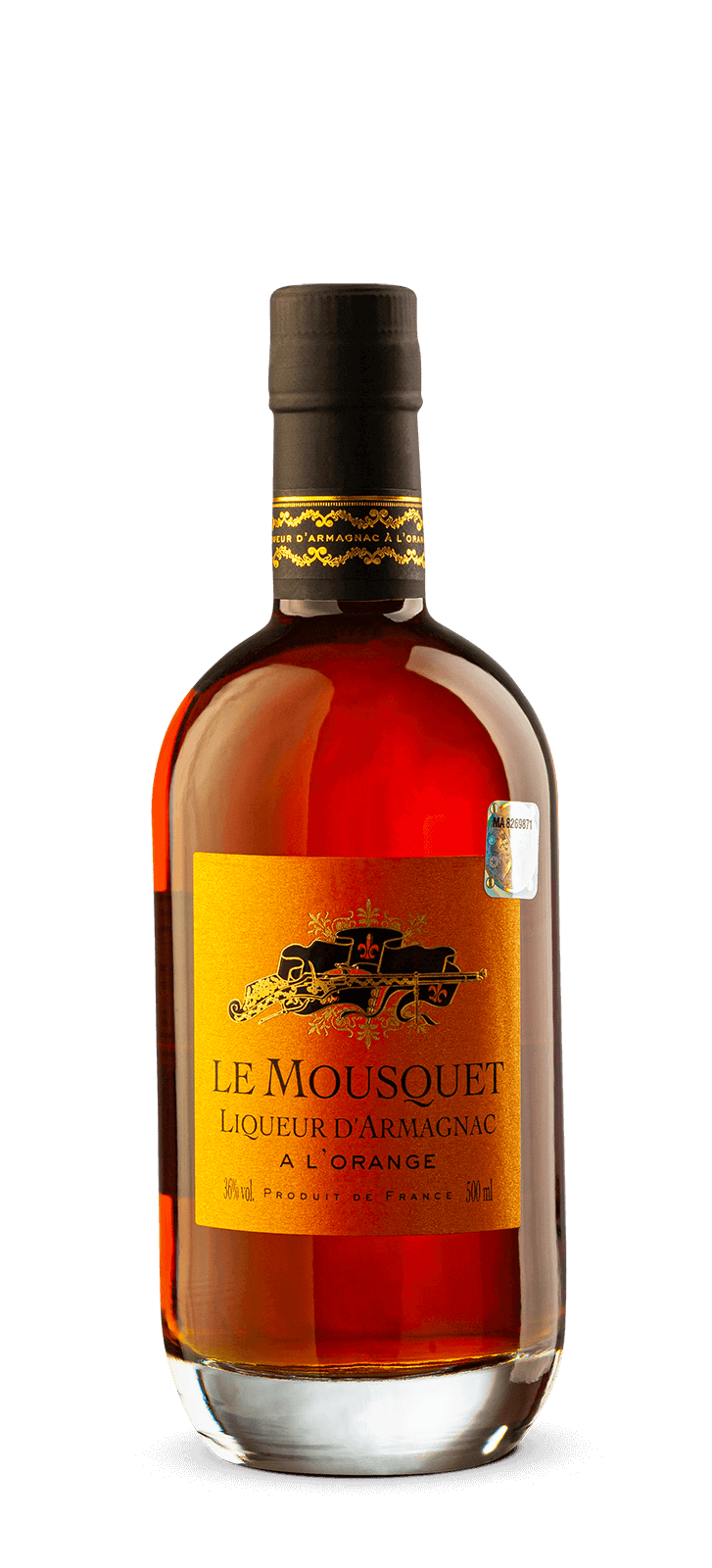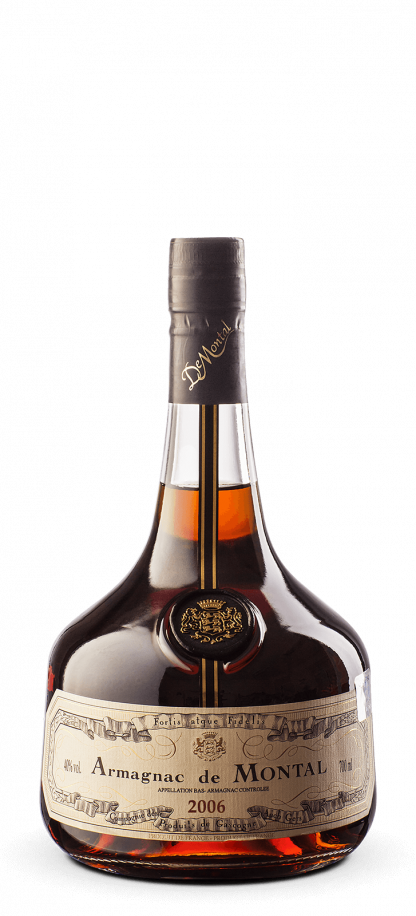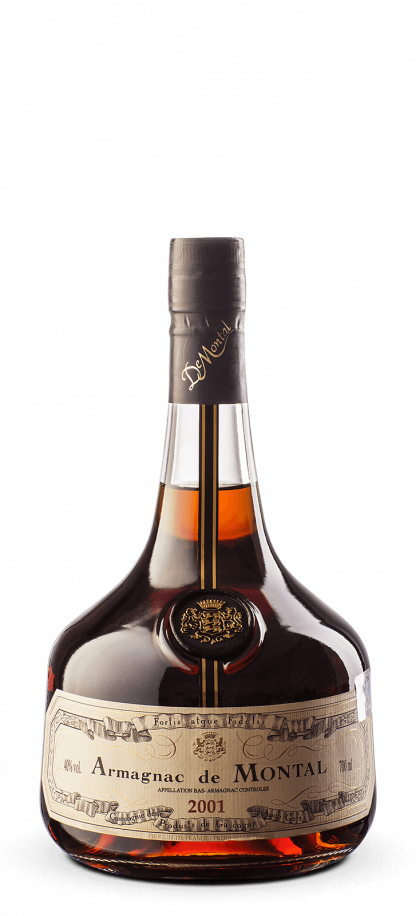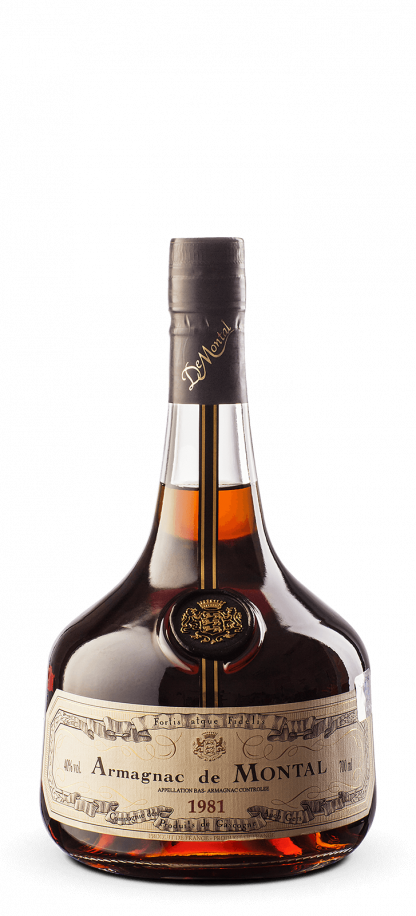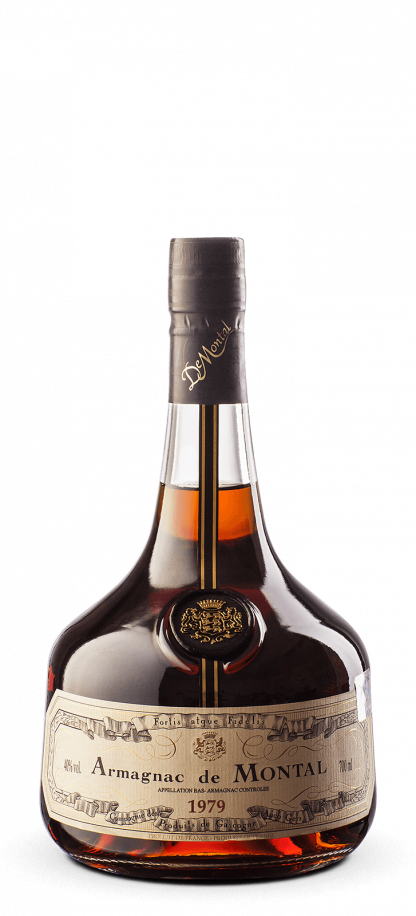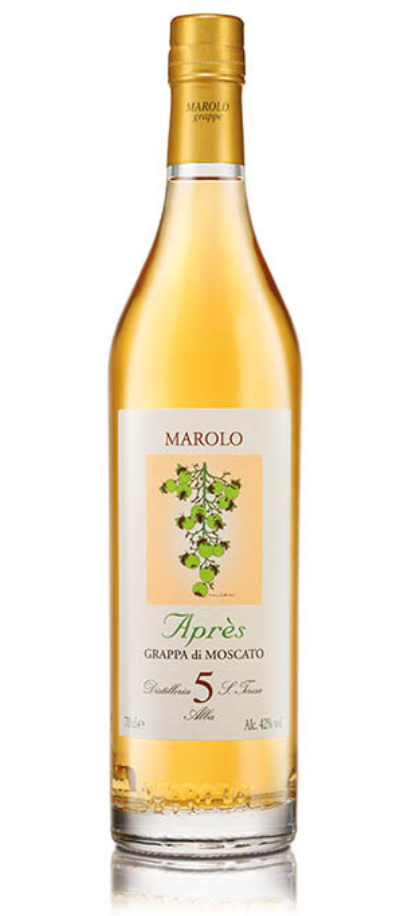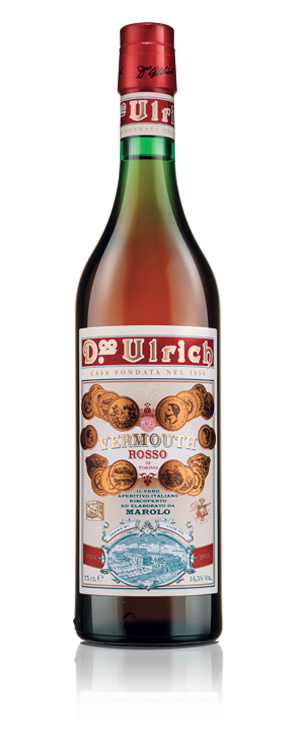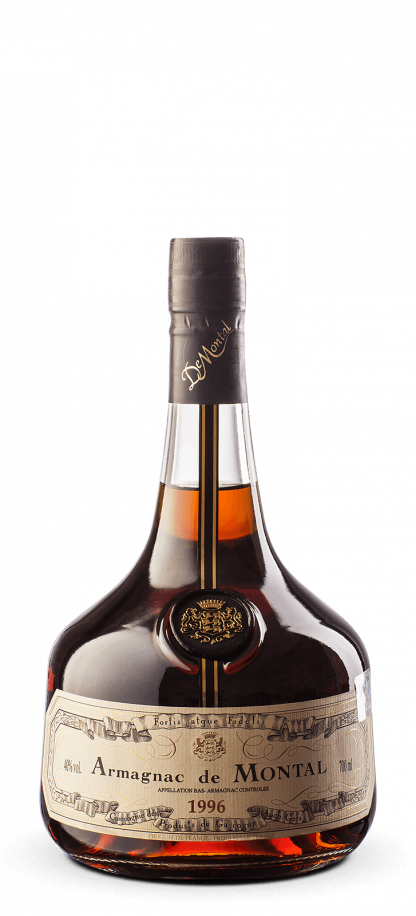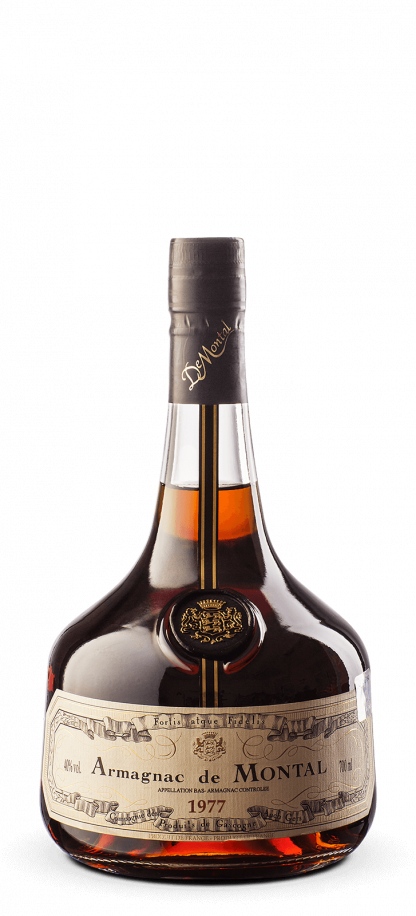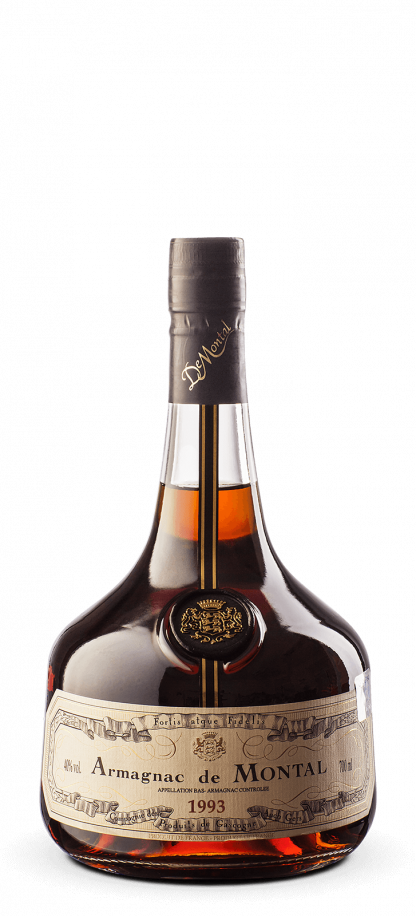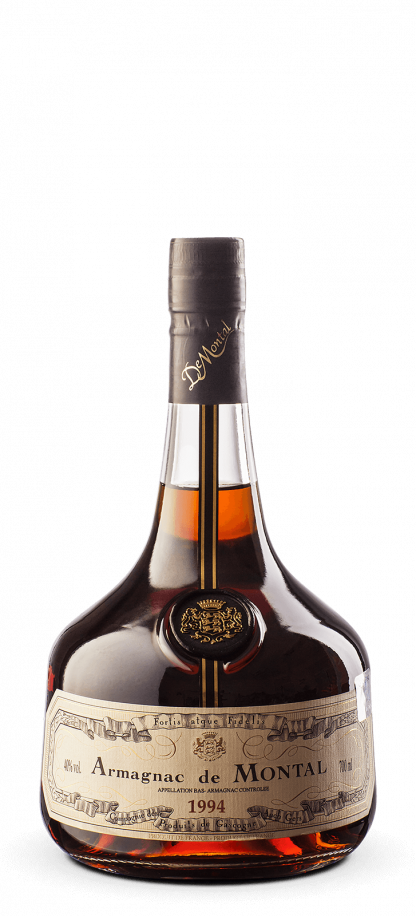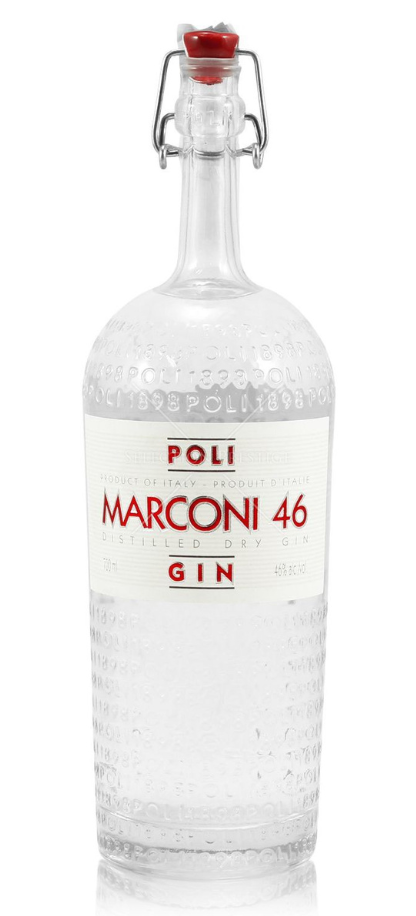Liqueur “De Montal Mousquet” 0,5L
De Montal Mousquet Liqueur reveal an inviting bouquet of honey, dried fruits, and vanilla, complemented by hints of spices such as cinnamon and cloves. On the palate, it offers a smooth, velvety texture with flavors of caramel, apricot, and a touch of nutmeg, leading to a long, warming finish with a sweet and spicy aftertaste. This liqueur is celebrated for its balance, richness, and the harmonious integration of sweet and spicy elements.
De Montal Mousquet Liqueur pairs beautifully with rich desserts such as crème brûlée, tarte Tatin, or dark chocolate, where its sweetness and complexity enhance the flavors. It can also be enjoyed as a digestif or used to add depth and character to cocktails, providing a luxurious and aromatic component to elevate the overall drinking experience.
Noliktavā 30 prece/-es






